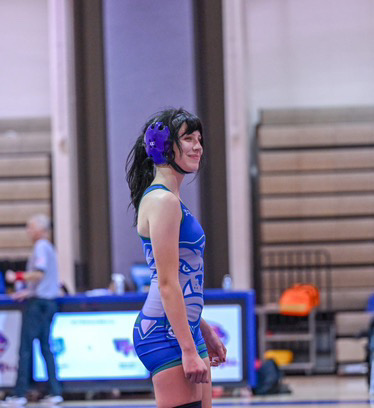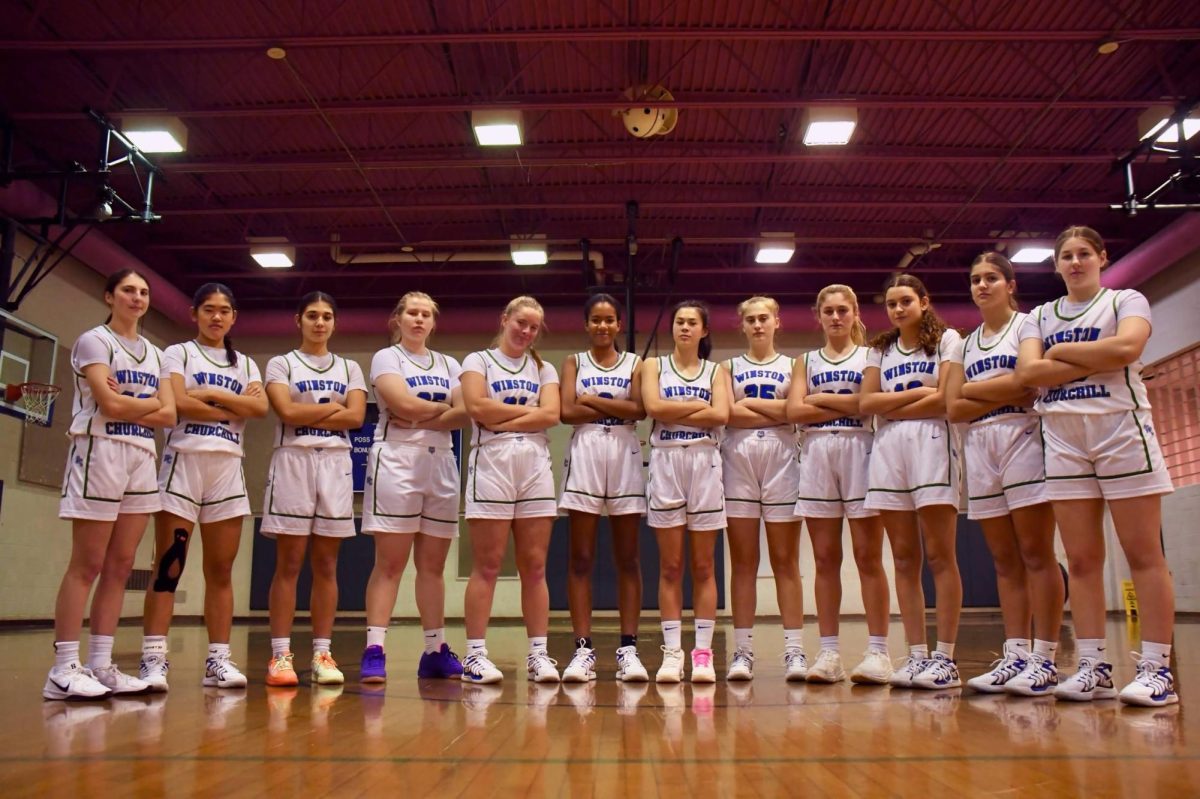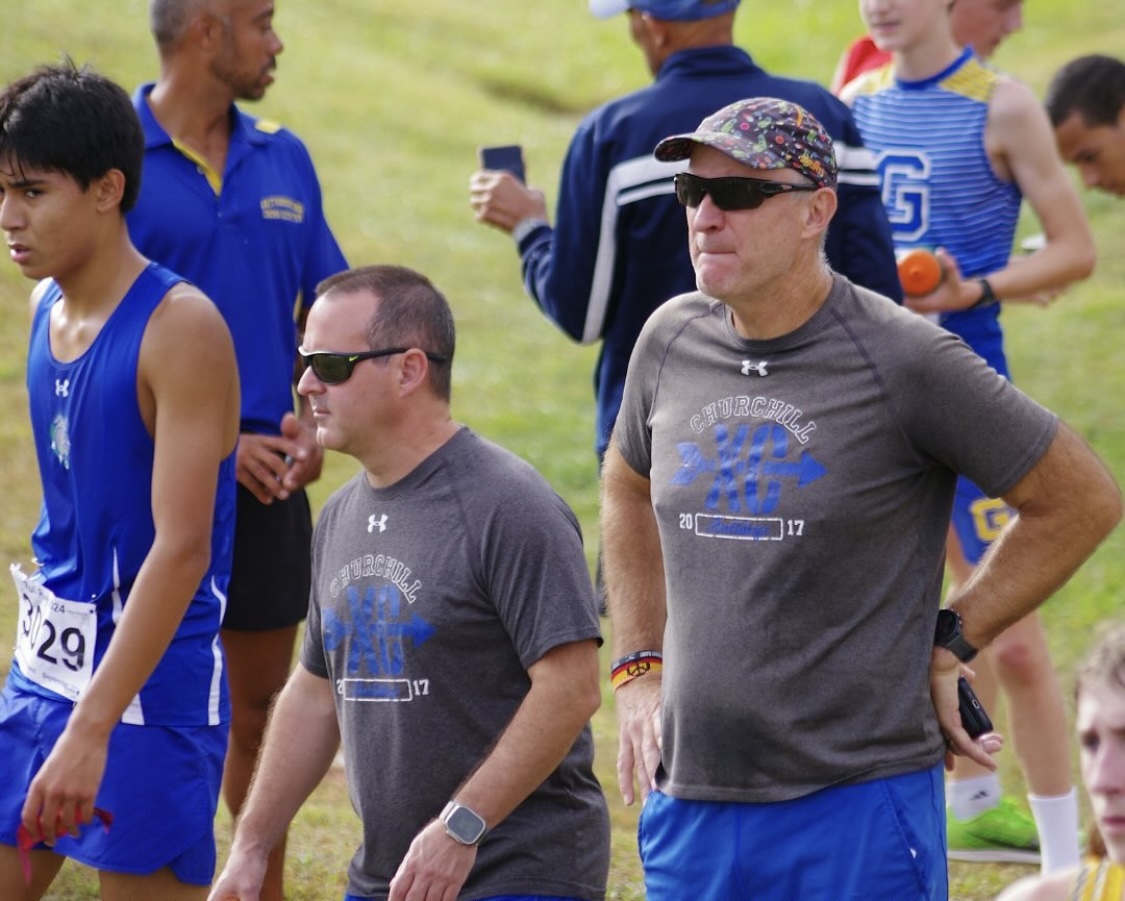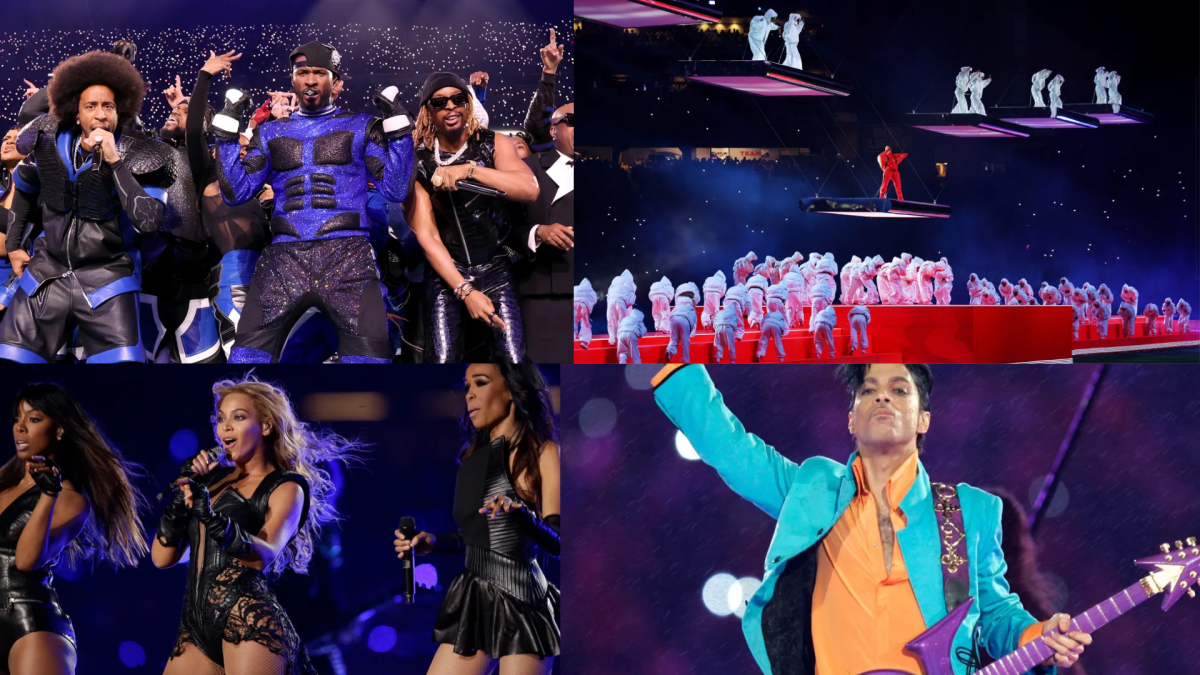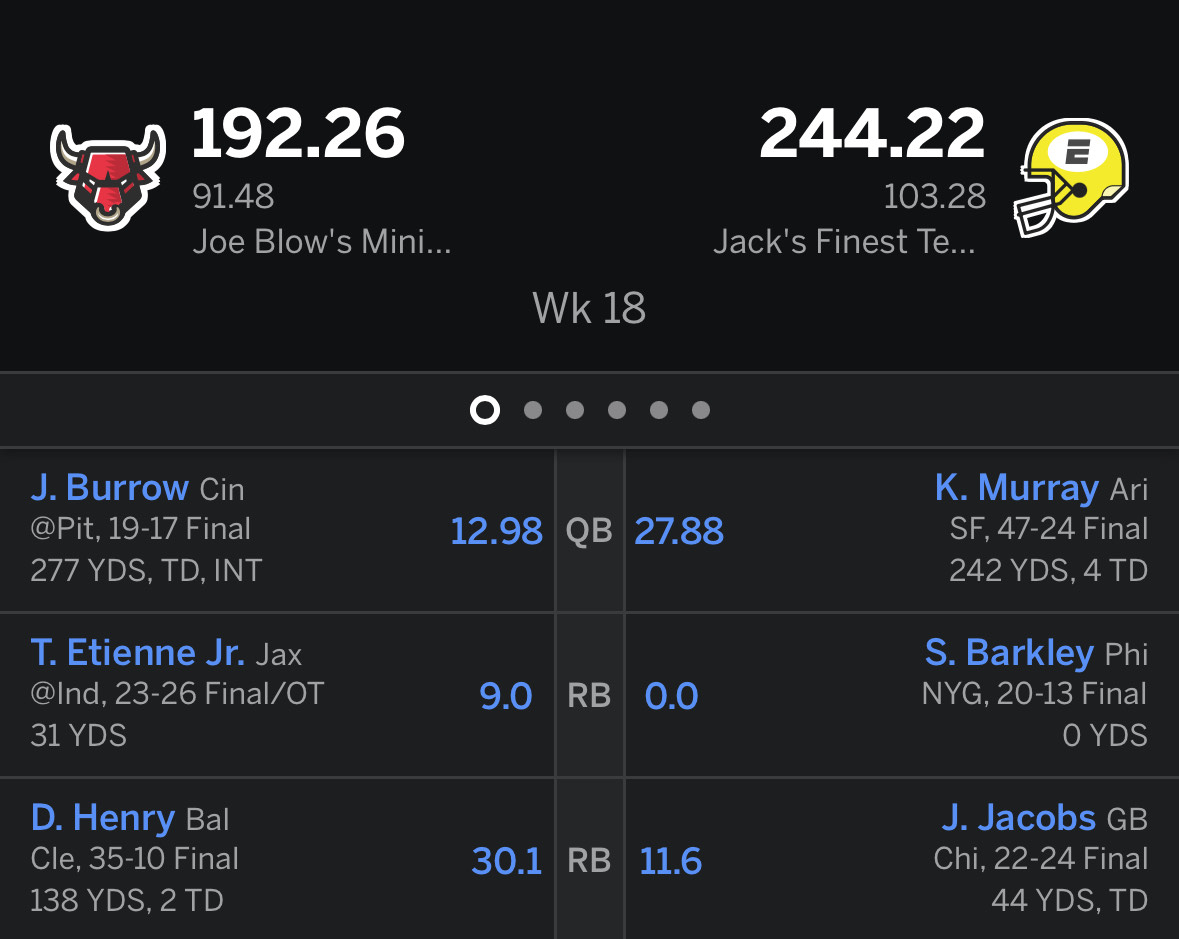The sporting world has been rocked by Richie Incognito and other Miami Dolphins players’ verbal harassment of fellow teammate Jonathan Martin, leading to Martin’s highly-publicized leave from football. This scandal has raised questions about the extent of harassment and intimidation in the adrenaline-charged sport of football at all levels.
At the scholastic level, student-athletes and faculty alike have expressed their disappointment about the harassment. According to assistant principal John Taylor, the Martin scandal was a textbook case of bullying under Maryland law.
“I think that it is sad to see someone feeling so persecuted by the actions of another,” Taylor said. “In Maryland, the law on bullying says that if it is perceived as bullying by the victim, then it’s bullying.”
William G. Beattie, who directs MCPS interscholastic sports, claims that bullying situations in school and in afterschool sports are infrequent and isolated.
“I most certainly do not think MCPS has a ‘bullying problem,’ but then again, because of the sheer size of our school system, and considering that we have over 1,000 high school interscholastic teams, and over 20,000 annual participants, there are no doubt isolated incidents of “‘bullying’,” Beattie said.
At CHS, some students dismiss bullying as unimportant and exaggerated, but bullying does occur in school and after school through sports.
“I do believe there is a problem with bullying at CHS,” Taylor said. “I know that our sports teams reflect the problems of our student body, and I worry about instances of bullying involving the football team and other teams.”
Personal experiences of several CHS students, football players included, have confirmed Taylor’s worries about bullying in school.
“When I was an underclassman, I felt like I was being bullied by my older teammates,” said senior football player John, who asked that his real name not be used. “It is hard to speak up because if you do, you fear that you will be looked at as weak, making yourself an even bigger target.”
According to Taylor, this experience is not uncommon, and is not limited to the confines of the football field.
“We do have a fairly consistent number of incidents of bullying, around one per week,” Taylor said.
Beattie suggests that these incidents are as frequent in the locker room as they are in other normal high-school settings.
“I would not see locker rooms as more or less conducive to bullying as lunchtime in the school cafeteria, or on a school bus,” Beattie said.
Football head coach Joe Allen did not respond to interview requests.
Despite Taylor and Beattie’s claims, several players on the football team claim that interactions on the team never escalate to bullying. According to senior wide receiver Ryan Mortman, football leads to a wide range of emotions, but never causes bullying.
“Football is a really aggressive sport,” Mortman said. “There’s no reason to prevent the aggressiveness because football is an outlet for that.”
In a competitive environment such as the locker room, it is difficult to differentiate between what is just ‘football players being football players’ and bullying. This dilemma was at the root of the aforementioned Jonathan Martin scandal, and many incidents at CHS.
According to junior football player Nathan Chung, students on the team rarely intend to harm their teammates.
“It’s all joking,” Chung said. “I’m sure the intentions of our teammates aren’t to put anyone down.”
On any team, a clear line must be drawn between joking and harassment. This rule holds true in any incident, during or after school.
“People need to be aware of a person’s line between being teased and bullied,” John said. “Most people on the team know where to draw the line.”


